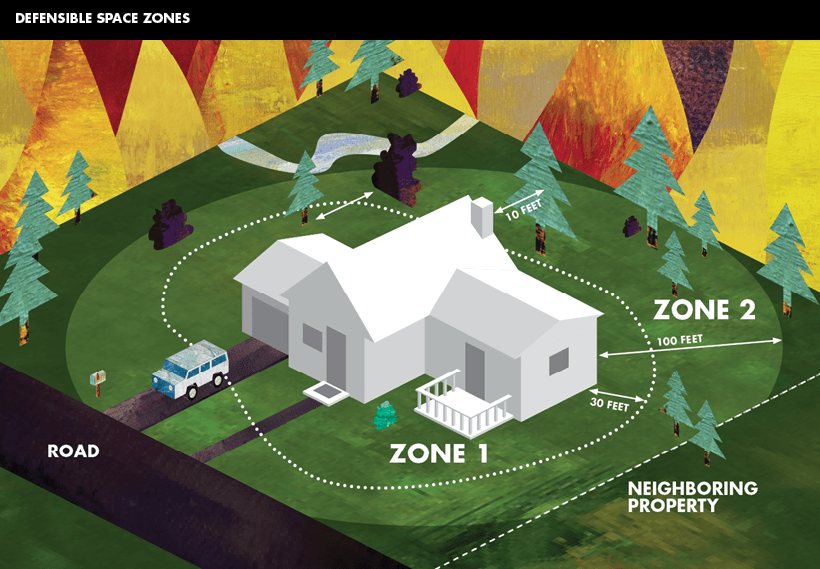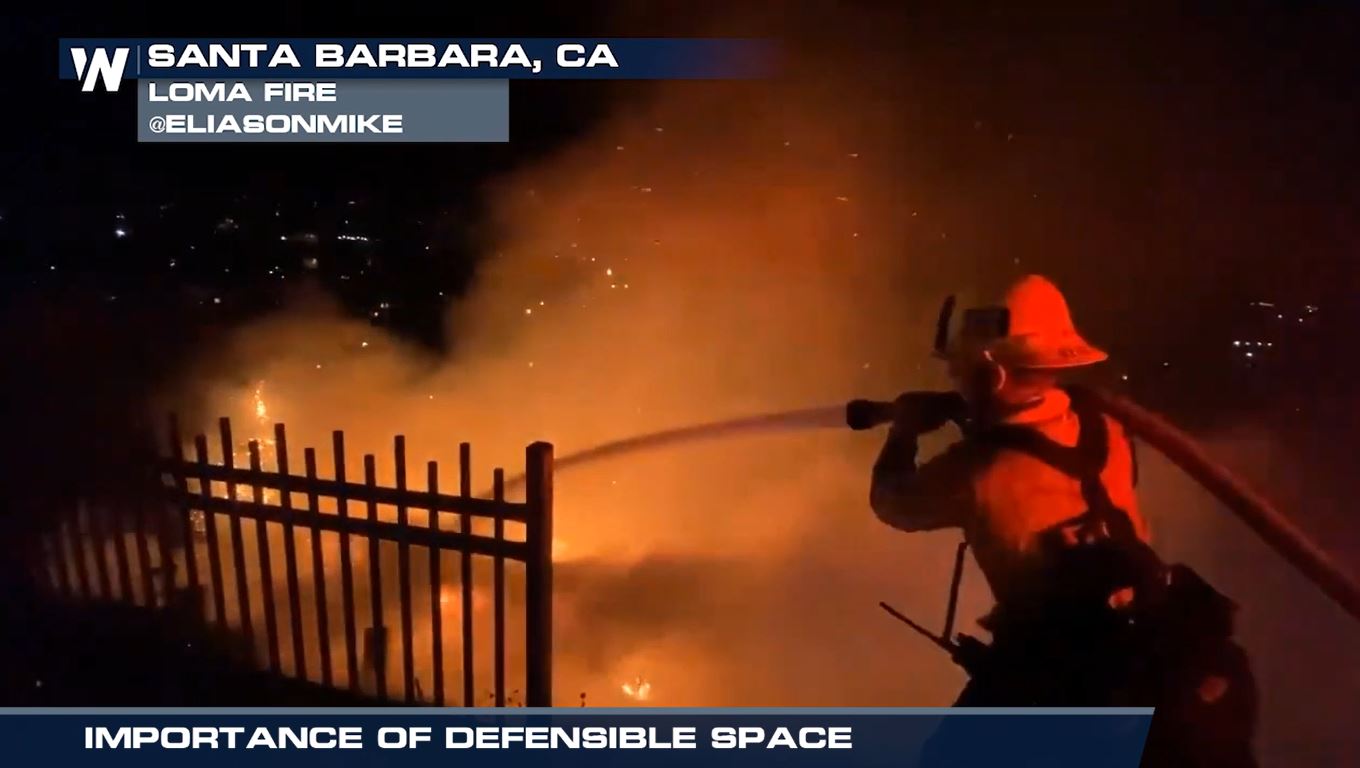Whether it’s a fast-moving wildfire pushing into your neighborhood or tiny embers from a fire miles away, you might only have minutes or even seconds to evacuate your home.
That is why it is so important ahead of time, not during an active wildfire, you need to make sure your home has the best chance of survival.
“Fires being pushed by a really strong wind, you can have an army of firefighters and aircraft there and you’re not going to stop that fire,” said Mike Eliason, Public Information Officer with the Santa Barbara County Fire Department. “But, in certain situations houses have caught fire that shouldn’t have just because they didn’t have that defensible space.”
READ: Homeowners Checklist to Make Your Home Fire Safe
It starts with following simple guidelines: within five feet of your home, keep this area ember resistant. That includes removing anything that could quickly ignite like mulch, dying weeds and vegetation.
“Clear those gutters from debris that collects in there because those embers can fall into those gutters and start a fire and also get into the vent systems inside the house and start a fire in the attic,” Eliason said.
Within 30 feet, make sure it stays lean, clean and green. When you get to between 30 to 100 feet away, make sure grass is mowed to a maximum height of four inches, and anything that falls from your trees piles up no higher than three inches. Also, another thing to remember is to ensure there is enough horizontal and vertical space between shrubs and trees.
READ: Defensible Space — The Difference Zones and What You Need to Know

“Communities have survived because they were fire-wise communities and it really takes people working together within the community to make everyone’s space more survivable,” said Carrie Bilbao, Public Affairs Specialist with the National Interagency Fire Center.








 User Center
User Center My Training Class
My Training Class Feedback
Feedback













Comments
Something to say?
Log in or Sign up for free